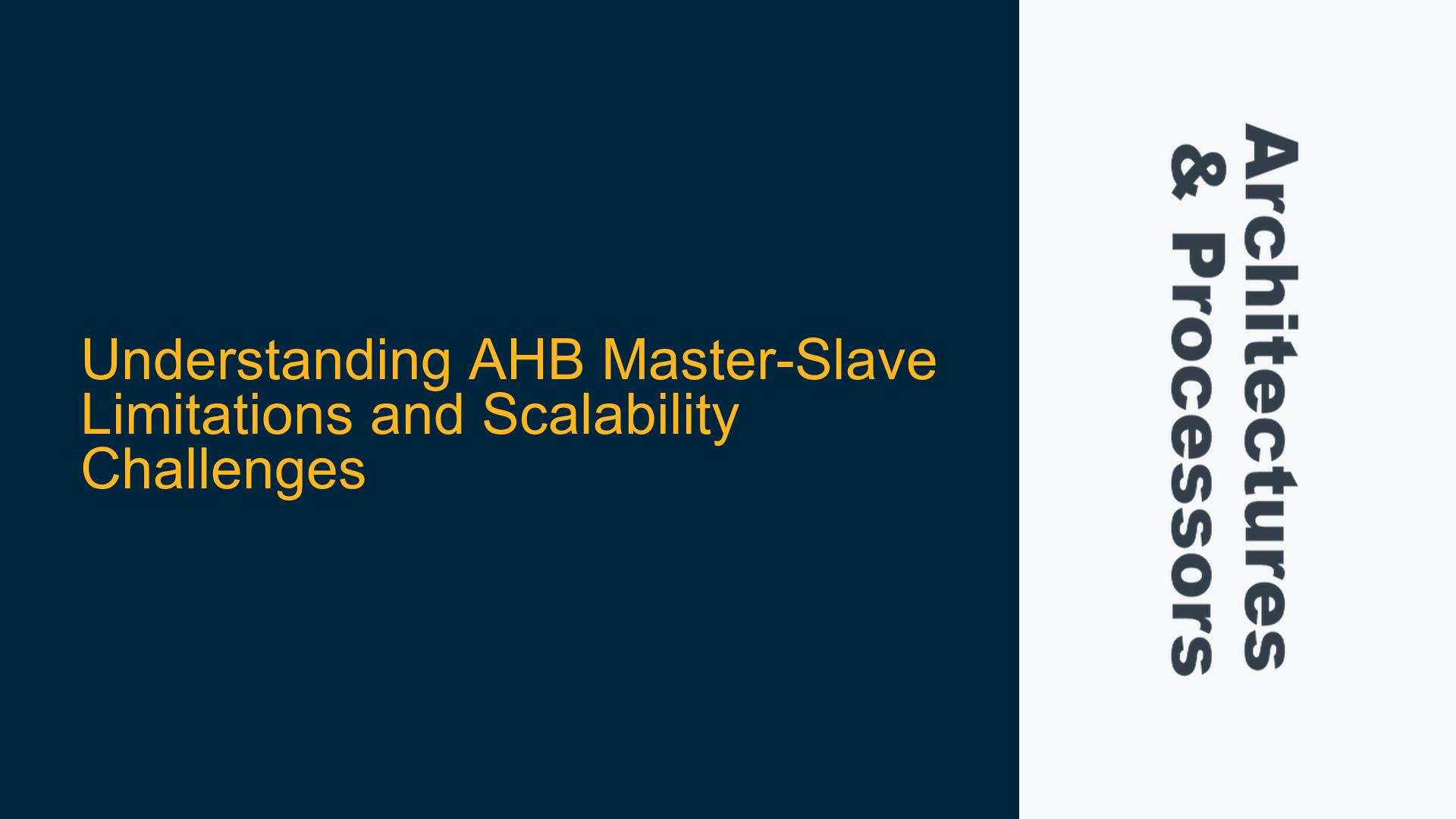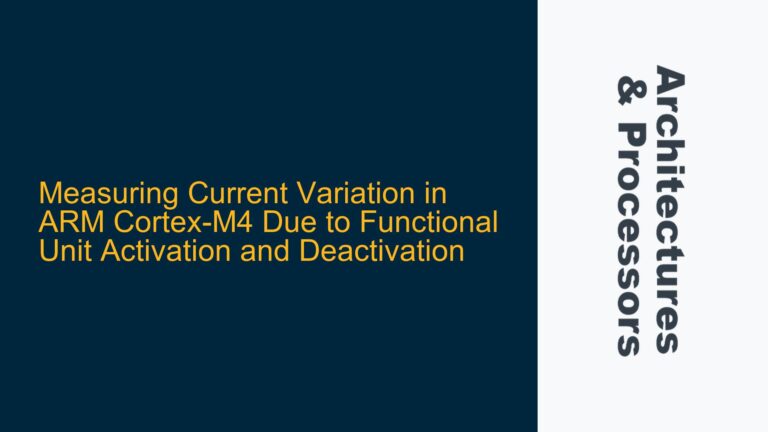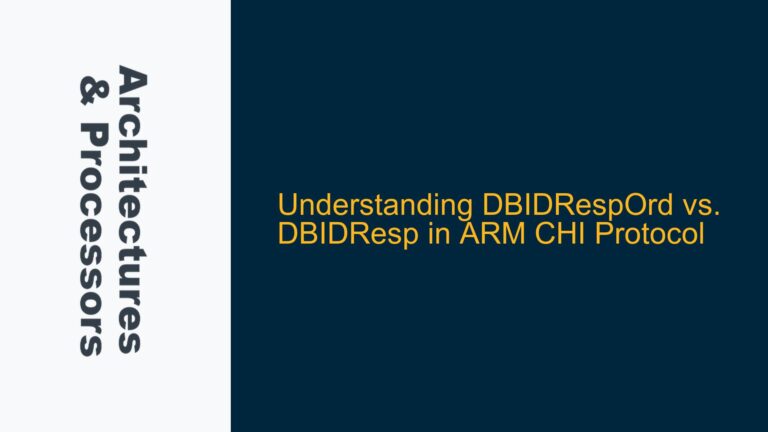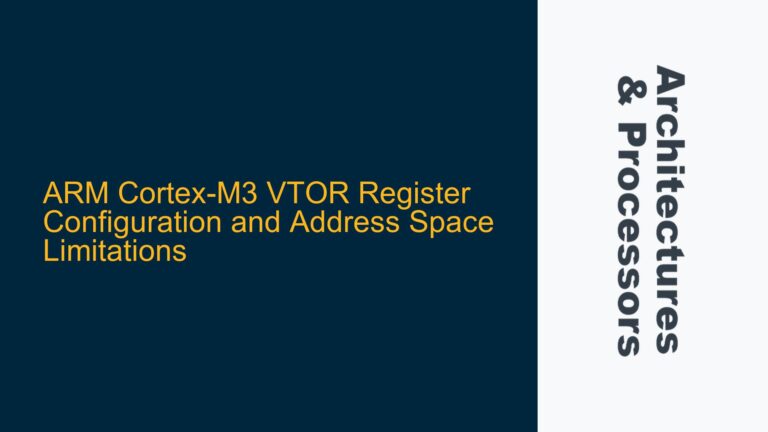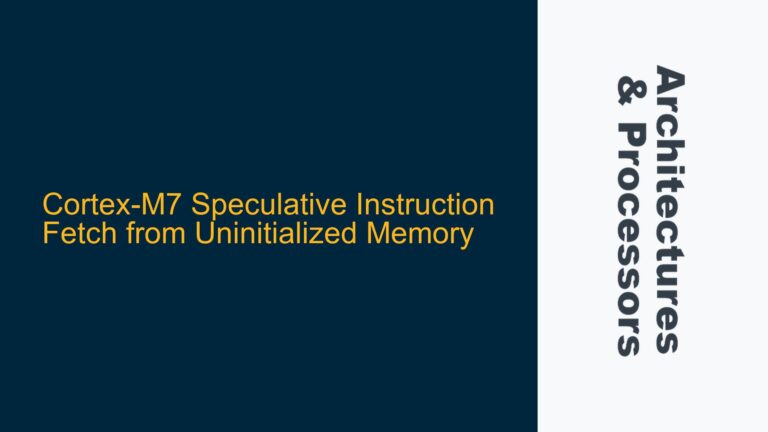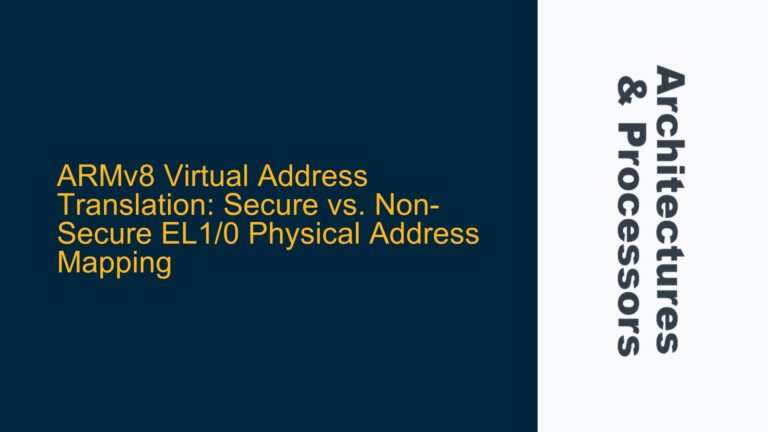AHB Protocol Constraints on Master-Slave Configuration
The Advanced High-performance Bus (AHB) protocol, part of the ARM AMBA (Advanced Microcontroller Bus Architecture) family, is designed to facilitate efficient communication between multiple masters and slaves in a System-on-Chip (SoC). However, the protocol imposes specific constraints on the number of masters and slaves that can be connected to the bus. These constraints are rooted in both the protocol’s design philosophy and practical implementation considerations.
The AHB protocol limits the number of masters to 16, as indicated by the 4-bit HMASTER signal. This limitation is not arbitrary but is based on a balance between system complexity, performance, and area overhead. The HMASTER signal is used by the arbiter to identify which master is currently granted access to the bus. Increasing the number of masters beyond 16 would require expanding the HMASTER signal width, which would have cascading effects on the bus architecture, including increased complexity in the arbiter, multiplexers, and decoders.
On the slave side, the AHB protocol does not impose a strict limit on the number of slaves. However, each slave must be assigned a minimum address space of 1KB, which means that the maximum number of slaves is theoretically limited by the address bus width. For a 32-bit address bus, this results in a maximum of 4096 slaves. While this number is theoretically possible, practical implementations rarely approach this limit due to the associated complexity and performance degradation.
Implications of Expanding Master and Slave Counts
Expanding the number of masters beyond the AHB protocol’s limit of 16 introduces several challenges. First, the arbiter’s complexity increases significantly as it must manage more masters, leading to higher latency and reduced performance. The arbiter must prioritize requests from multiple masters, and with more masters, the arbitration logic becomes more complex, potentially leading to longer critical paths and reduced clock speeds.
Second, the multiplexer logic that routes data from the selected master to the slaves becomes more complex. Each additional master increases the number of inputs to the multiplexer, which in turn increases the area and power consumption of the bus fabric. This can lead to a situation where the bus fabric becomes a bottleneck, negating the benefits of having more masters.
Third, expanding the number of slaves also introduces challenges. While the AHB protocol does not impose a strict limit on the number of slaves, each additional slave increases the complexity of the address decoder. The decoder must map the address space to the correct slave, and with more slaves, the decoding logic becomes more complex. This can lead to increased latency and reduced performance, particularly in systems with a large number of slaves.
Strategies for Managing AHB Master-Slave Scalability
To address the challenges associated with expanding the number of masters and slaves in an AHB-based system, several strategies can be employed. These strategies aim to balance the need for scalability with the practical limitations of the AHB protocol.
One approach is to use a multi-layer AHB bus matrix. A multi-layer bus matrix allows multiple masters to access different slaves simultaneously, reducing contention and improving overall system performance. In a multi-layer bus matrix, each master is connected to its own layer, and each layer can operate independently. This approach effectively decouples the masters, allowing them to operate in parallel without interfering with each other. However, this approach also increases the complexity of the bus fabric, as each layer requires its own set of multiplexers and decoders.
Another approach is to use AHB-Lite, a simplified version of the AHB protocol that is designed for systems with a single master. AHB-Lite eliminates the need for arbitration and simplifies the bus fabric, making it more suitable for systems with a limited number of masters. However, AHB-Lite is not suitable for systems that require multiple masters, as it does not support arbitration or multi-master operation.
For systems that require more than 16 masters, one possible solution is to expand the width of the HMASTER signal. However, this approach is not without its challenges. Expanding the HMASTER signal width would require modifications to the AHB protocol, including changes to the arbiter, multiplexers, and decoders. Additionally, this approach would not be compatible with existing AHB IP, as third-party IP is designed to work with the standard 4-bit HMASTER signal.
In cases where expanding the number of masters is necessary, a hybrid approach can be used. This approach involves partitioning the system into multiple AHB domains, each with its own set of masters and slaves. The domains can be connected using a bridge or an interconnect, allowing masters in one domain to access slaves in another domain. This approach allows for scalability while maintaining compatibility with existing AHB IP. However, it also introduces additional latency and complexity, as transactions between domains must be managed by the bridge or interconnect.
For slave scalability, one strategy is to use hierarchical addressing. In this approach, the address space is divided into multiple regions, each of which is managed by a separate decoder. This reduces the complexity of the address decoder, as each decoder only needs to handle a subset of the address space. However, this approach also requires careful management of the address map to ensure that there are no conflicts between regions.
Another strategy for slave scalability is to use a distributed slave architecture. In this approach, slaves are grouped into clusters, each of which is managed by a local controller. The local controller handles transactions within the cluster, reducing the load on the global bus. This approach can improve performance and reduce latency, particularly in systems with a large number of slaves. However, it also requires careful design of the local controllers to ensure that they can handle the required transaction volume.
In conclusion, while the AHB protocol imposes limitations on the number of masters and slaves, these limitations are based on practical considerations of system complexity, performance, and area overhead. Expanding the number of masters and slaves beyond these limits introduces significant challenges, but these challenges can be mitigated through careful design and the use of advanced bus architectures such as multi-layer bus matrices and hierarchical addressing. By understanding the trade-offs involved, designers can make informed decisions about how to scale their AHB-based systems to meet the requirements of their specific applications.
